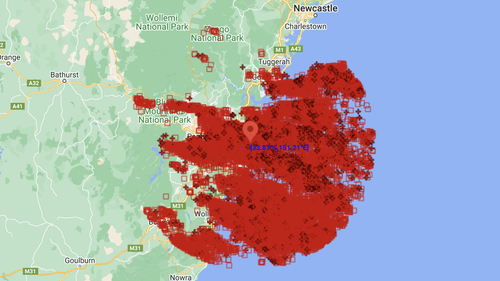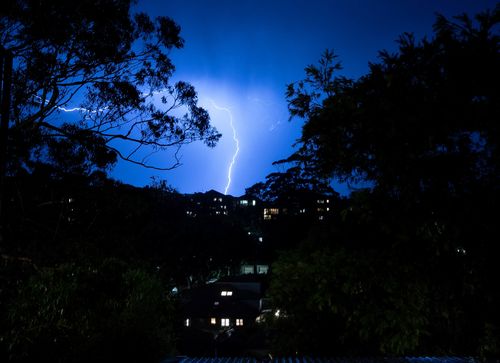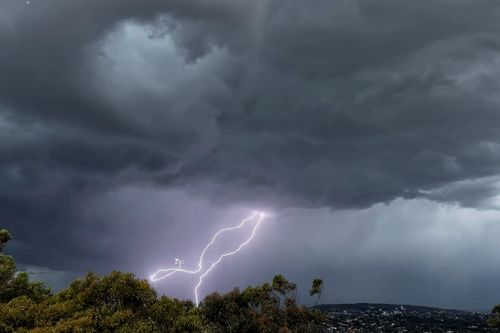The storm forced crowds to leave US singer Jack Johnson’s $300-a-ticket show at the Sydney Opera House forecourt due to the lightning putting attendees at risk.

“Hope you guys had a great time until right now, I’m so sorry,” Johnson told the crowd.
The Socceroos’ flight home from Qatar was also delayed getting into Sydney as the storm passed over the airport.
“Ominous shelf clouds” and “waves of rain” swept across eastern New South Wales on Monday night, Weatherzone said.

“Showers and thunderstorms formed over central and eastern NSW on Monday afternoon and evening as a passing cold front and low-pressure trough cut into a region of warmer and relatively moist air,” Weatherzone said.
“The day’s first thunderstorm over Sydney developed shortly after 3pm before another cell clipped the city’s south around 6pm.
“These were followed by a more active line of storms that passed over the Sydney Basin between 7.30 and 9.30pm.
Read Related Also: Who Is Juanita JCV? Wikipedia, Biography, how old, Ethnicity, Salary, Boyfriend, {Height} & Extra
“Monday’s early-summer thunderstorms delivered around 5 to 10mm of rain across the Sydney Basin, with 6.6mm falling at Observatory Hill in the city.”

The rainfall pushed Sydney’s annual total to 2458.4mm, more than twice the city’s long-term annual average of 1213mm.
Sydney has already passed its previous annual rainfall record of 2194mm from 1950.
Weatherzone is expecting Sydney to remain dry for the rest of the week, although there is a small chance of showers or storms on Wednesday and more substantial rain early next week.
It comes as the Bureau of Meteorology (BoM) reports the Indian Ocean Dipole (IOD) has returned to neutral.
The IOD, which refers to the difference in sea surface temperatures between two areas, spent the last five consecutive weeks above the neutral value but it has little influence on the Australian climate at this time of year, according to the BoM.
The bureau said La Niña would continue but could end in January or February next year.





